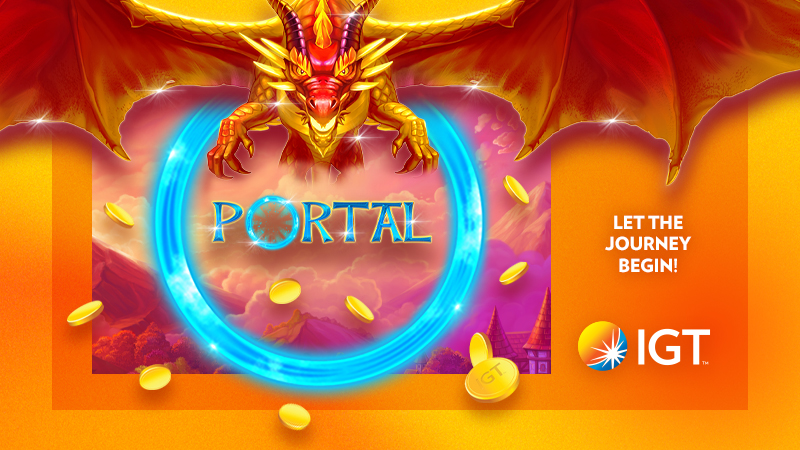DO YOU REALLY NEED A LOYALTY PROGRAM?
Do you really need a loyalty program?
Here are 6 reasons in sequence (as per the above model):
- Data
- Dialogue
- Dollars
- Advocacy
- Competitive differentiator
- New Customer acquisition
Arguably and from my experience the most common need identified for a program is DATA.
It is one word with some many layers and levers.
Let’s focus on your customers’ data.
Their personal data (name, DOB and other demography), communication contact details, purchase behaviour data, belief and sentiment data.
This is the input data from which insights are derived or inferred for deeper intelligence.
1. Data: A loyalty program proposition is a value exchange (give to get) for your customers’ data.
Customer data provides the opportunity for Intelligence:
- Ci: Customer intelligence = know your customers.The data gained from the loyalty program value exchange with customers provides brands with the opportunity to identify deeper insights directly linked to their customers – know your customers, their behaviours and beliefs.
These known insights are used in a myriad of ways from value segmentation to persona profiling providing opportunities to take action (see below – From dialogue to dollars).
- Bi: Business intelligence= build your business. The data gained from the loyalty program value exchange with customers provides brands with the opportunity to identify insights for building a better business.
These known insights are used as value adding to supplier relationships with relevant data sharing, merchandising insights, pricing strategies and team interaction with customers. Not to forget the derived revenue from partners tapping into the program data and contactable base.
In summary: Loyalty program data = know your customers, build your business.
2. Dialogue: Known customer data provides the opportunity for dynamic customer dialogue
A known customer communication platform. The data generated from the loyalty program value exchange provides the opportunity to drive dynamic (real-time) and personalised communications with customers.
Access to multiple consented and contactable channels of communication avoids channel fatigue and increases the opportunity for brands to have direct control to shift and lift purchase behaviour which leads to ‘dollars’ (hopefully more of these).
3. Dollars: From dialogue to dollars
The model progresses from loyalty program proposition providing a value exchange for data, which when used intelligently, leads to dynamic and personalised dialogue, which aims to drive dollars.
‘Dollars’ have multiple meanings:
- Dollars are the incremental revenue the business gains through increasing transaction value (spend more), frequency of purchase (purchase more often) and more profitable products (purchase products with more margin).
- Dollars are the accumulated lifetime value of customers – past and predictive.
- Dollars are the measures to determine customer retention (retain the best) and recognition (recognise the most valuable customers)
- Dollars are the return on loyalty investment. Incremental revenue the program delivers less the costs incurred to facilitate the program.
Data + Dialogue = Dollars are three great reasons for a program. But wait, there’s more…
4. Advocacy
By no means the end of the road, rather a desired outcome of a program is to drive advocacy – be it through measured sentiment eg NPS or specific deliverables eg referrals. A program plays its part to influence advocacy when it is well executed with moments of magic (some call it surprise and delight) to lift the ordinary to the extra-ordinary and drive talkability and love for the program and by connection to the brand. (So much more can be said about this but not in this article).
5. Competitive differentiator
It’s not often brands I work with, highlight the need for a program to help them differentiate in the market, as a priority. However, a carefully crafted and curated program that leverages a brand (eg Mecca Beauty Loop) can create a point of difference for a brand.
6. Customer acquisition
Loyalty programs (as defined) are there to recognise and reward the customers you already have acquired. However, they are still a strategy to attract customers to a brand for the first time and once in the program, the rest is history! (let’s hope).
Summary: Do you really need a loyalty program?
If you have read up until here AND you were:
- A YES at the beginning, then hopefully the content has been valuable enough to keep you at a YES.
- A NO at the beginning but spent your valuable time reading up until here then perhaps your mind is open to the possibilities.
- If you were a NOT sure at the beginning, then hopefully the content has been valuable enough to get you closer to a YES (with motivation to help you continue on your quest).
The reality is a loyalty program is not for every brand with proof provided by the likes of Aldi, Chemist Warehouse, JB Hifi and Bunnings (except for Powerpass) and many others.
However, for those with a program on their mind (or already in market), when you know why you need a program (your ‘why’ is clear – be it data, dialogue, dollars, advocacy, differentiator or new customers), the rest of the strategy will flow, and benefits will be redeemed.
Source: Do you really need a loyalty program? (thepointofloyalty.com.au)













